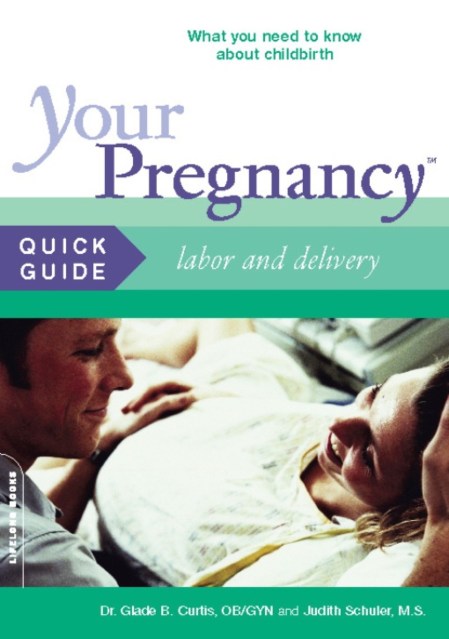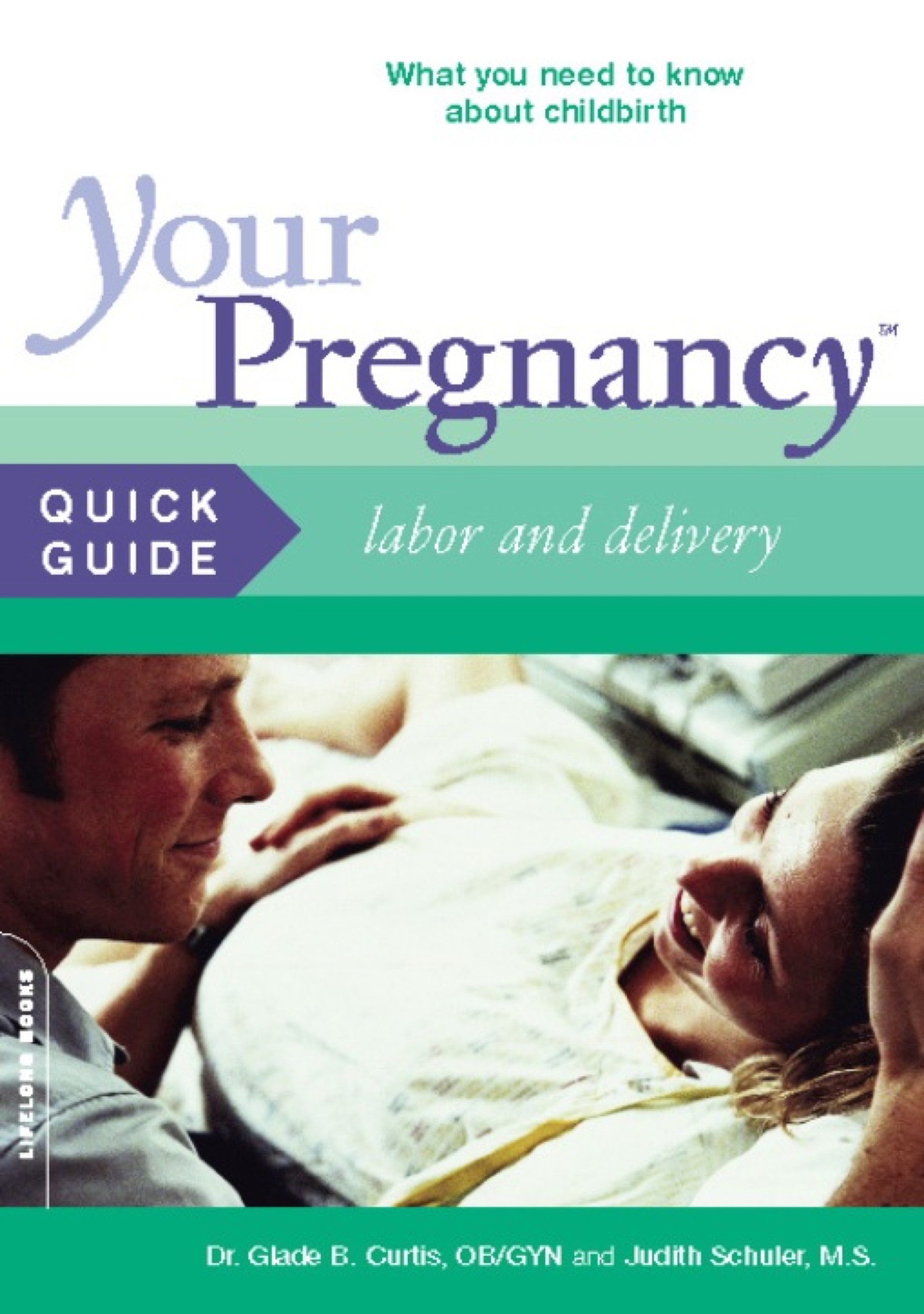Promotion
Use code MOM24 for 20% off site wide + free shipping over $45
Your Pregnancy Quick Guide: Labor and Delivery
Contributors
By Glade Curtis
Formats and Prices
Price
$4.99Price
$6.99 CADFormat
Format:
ebook $4.99 $6.99 CADThis item is a preorder. Your payment method will be charged immediately, and the product is expected to ship on or around April 30, 2009. This date is subject to change due to shipping delays beyond our control.
Also available from:
Tips for preparing mentally and physically for the big day How to recognize the onset of labor When to go to the hospital after labor begins Guidance on choosing between natural childbirth and one with medical intervention What you need to know about Cesarean delivery Information on the different pain relief options Advice for your partner or labor coach An overview of the tests you’ll go through during and after delivery
Genre:
- On Sale
- Apr 30, 2009
- Page Count
- 184 pages
- Publisher
- Da Capo Lifelong Books
- ISBN-13
- 9780786728008
Newsletter Signup
By clicking ‘Sign Up,’ I acknowledge that I have read and agree to Hachette Book Group’s Privacy Policy and Terms of Use







